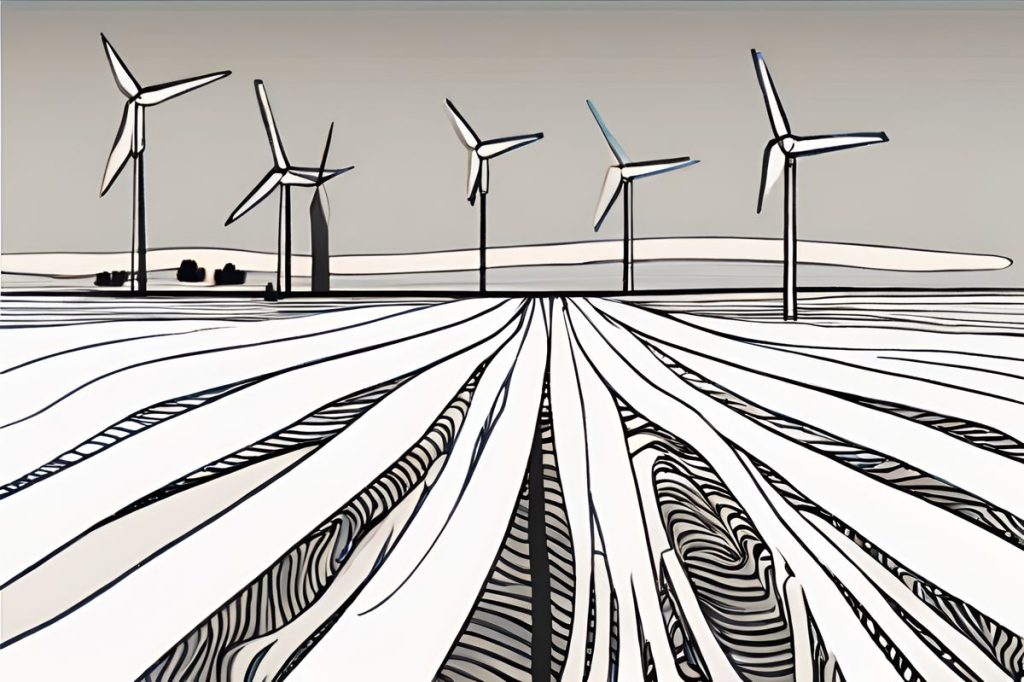Andreas Poullikkas, Chairman of CERA, emphasizes the need for regulatory reforms to transition to renewable energy, focusing on infrastructure investments and redesigning the electrical grid. The EU’s push for a unified electricity market is crucial for stabilizing prices and supply security, while policies promoting sustainability and innovation are key in navigating the energy transition.
What are the key challenges and reforms needed for the energy transition to renewable sources?
To effectively transition to renewable energy, substantial reforms are needed in several areas:
- Regulatory reevaluation to accommodate the shift from fossil fuels to wind and solar power.
- Investments in energy infrastructure, focusing on storage systems and hydrogen technologies.
- Redesign of the electrical grid for efficient utilization of renewable energy.
- Integration of smart metering and energy management systems for consumer empowerment.
- Foster a unified electricity market within the EU to stabilize prices and supply security.
- Develop policies that promote sustainability and innovation within the energy sector.
The Transition to Renewable Energy
In a recent analysis, Andreas Poullikkas, Chairman of the Cyprus Energy Regulatory Authority (CERA), underscored the need for substantial reforms to effectively navigate the global shift towards renewable energy. The transformation of energy systems from a state of stability and predictability to one characterized by uncertainty and complexity necessitates a reevaluation of existing regulations and infrastructure.
Energy industries worldwide, once grounded in fossil fuels, are now embracing wind and solar power to combat climate change and reduce carbon footprints. Poullikkas emphasized that the transition to these renewable sources is not just about adopting new forms of energy generation; it requires a comprehensive redesign of the energy market structure and the electrical grid.
The Role of Regulation and Infrastructure
The regulatory changes that began in the 1990s are witnessing a new wave of transformation. Poullikkas pointed out that addressing key issues, such as reducing the curtailment rates of renewable energy and fostering investments in the energy sector’s infrastructure, is paramount. These investments should focus on storage systems and hydrogen technologies, which are vital for managing the intermittent nature of renewable energy sources.
The expansion of renewables necessitates a redesign of electrical networks to ensure that the energy produced is utilized efficiently and effectively. The integration of advanced technologies, like smart metering and energy management systems, is also critical as it allows consumers to take an active role in their energy consumption, transitioning from passive users to proactive market participants.
European Union’s Unified Electricity Market
In his analysis, Poullikkas highlighted the importance of the European Union’s efforts to establish a unified electricity market as part of the energy transition. The creation of an interconnected electrical system among EU member states aims to stabilize energy prices and strengthen the security of the energy supply.
The EU’s internal electricity market is instrumental in driving the energy transition forward. It does so by fostering competition among suppliers, encouraging innovation, and ensuring the efficient integration of renewable energy sources into the grid. This collective effort is a cornerstone in the EU’s strategy to reach its energy and climate goals.
Consumer Empowerment and Sustainable Policies
Lastly, technological advancements are reshaping the consumer’s role within the energy sector. The introduction of smart technologies has given rise to a new category of energy traders, who manage their own energy generation and consumption. This shift requires policies that not only promote sustainability but also support research and innovation within the electricity sector.
The drive towards energy efficiency and the incorporation of renewable energy into the market not only supports environmental sustainability but also paves the way for economic benefits such as job creation in green technologies. As the energy landscape evolves, regulators and policymakers continue to face the challenge of creating a framework that supports these multifaceted objectives.
What are the key challenges and reforms needed for the energy transition to renewable sources?
To effectively transition to renewable energy, substantial reforms are needed in several areas:
- Regulatory reevaluation to accommodate the shift from fossil fuels to wind and solar power.
- Investments in energy infrastructure, focusing on storage systems and hydrogen technologies.
- Redesign of the electrical grid for efficient utilization of renewable energy.
- Integration of smart metering and energy management systems for consumer empowerment.
- Foster a unified electricity market within the EU to stabilize prices and supply security.
- Develop policies that promote sustainability and innovation within the energy sector.
How does the expansion of renewables impact the energy market structure and electrical grid?
Expanding renewable energy sources like wind and solar power requires a comprehensive reevaluation of the energy market structure and electrical grid. This includes regulatory changes, investments in storage systems and hydrogen technologies, redesigning the grid for efficiency, and integrating smart technologies to empower consumers.
What role does the European Union’s unified electricity market play in the energy transition?
The EU’s unified electricity market is crucial in stabilizing energy prices and ensuring supply security. By creating an interconnected system among member states, the EU promotes competition, innovation, and efficient integration of renewable energy sources into the grid. This collective effort is a cornerstone in the EU’s strategy to reach its energy and climate goals.
How do policies promoting sustainability and innovation impact the energy sector?
Policies promoting sustainability and innovation are key in navigating the energy transition. These policies support research and development in green technologies, encourage energy efficiency, and create economic opportunities such as job creation in the renewable energy sector. As the energy landscape evolves, regulators and policymakers must create frameworks that support both environmental sustainability and economic growth.

